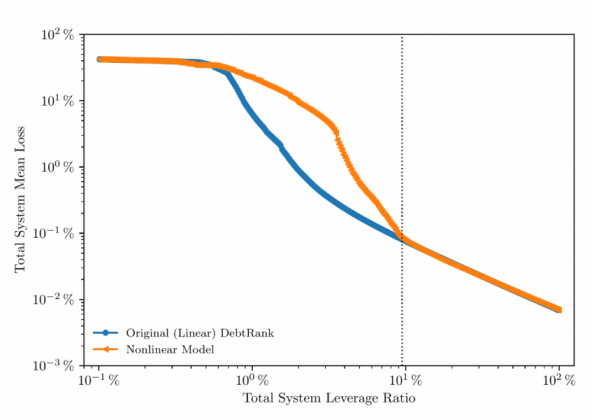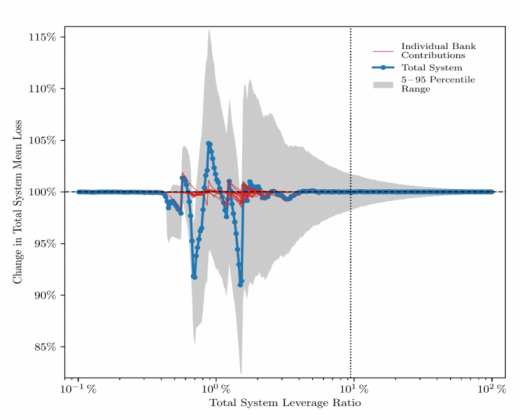References
Battiston, S., M. Puliga, R. Kaushik, P. Tasca and G. Caldarelli (2012). “Debtrank: Too central to fail? Financial networks, the fed and systemic risk”, Scientific Reports, 2, p. 541.
Bougheas, S., and A. Kirman (2015). “Complex financial networks and systemic risk: A review”, in P. Commendatore, S. Kayam and I. Kubin (Eds.), Complexity and Geographical Economics: Topics and Tools, Springer International Publishing, pp. 115-139.
Caccioli, F., P. Barucca and T. Kobayashi (2018). “Network models of financial systemic risk: a review”, Journal of Computational Social Science, 1, pp. 81-114.
Carro, A., and P. Stupariu (2022). Uncertainty, non-linear contagion and the credit quality channel: an application to the Spanish interbank market, Working Paper, Banco de España.
Glasserman, P., and H. P. Young (2016). “Contagion in financial networks”, Journal of Economic Literature, 54(3), pp. 779-831.
Jackson, M. O., and A. Pernoud (2021). “Systemic risk in financial networks: A survey”, Annual Review of Economics, 13(1), pp. 171-202.






